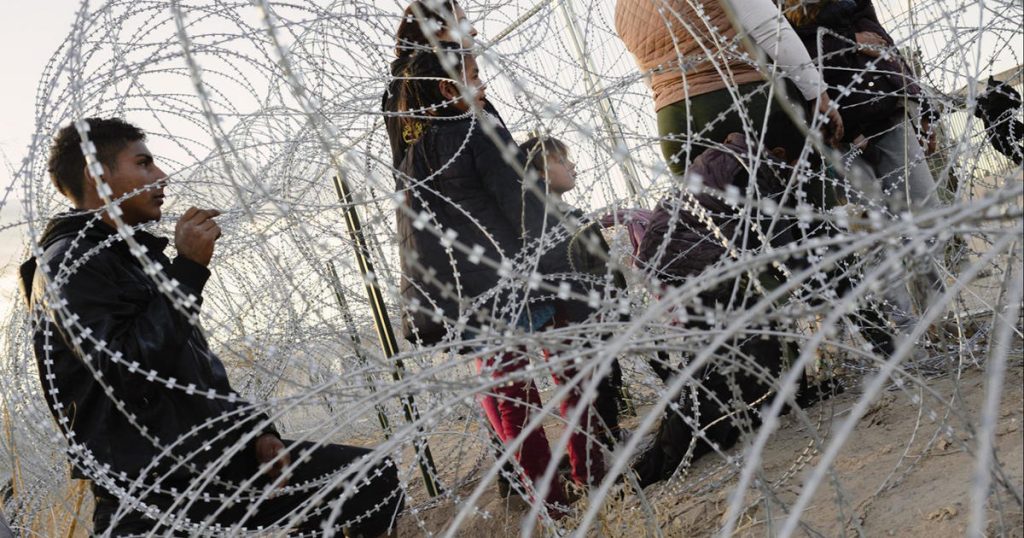President Biden is set to issue an executive order that will restrict asylum at the southern border. This order will give him the authority to partially shut down the asylum process and implement new regulations and restrictions on immigration. This move comes in response to the ongoing crisis at the border, with a surge in migrants seeking asylum and an overwhelmed system struggling to manage the influx. The order is expected to be a major policy shift from the previous administration’s approach to immigration and border security.
The decision to restrict asylum is likely to be met with both support and criticism. Proponents of tighter immigration controls may see this as a necessary step to address the challenges at the border and prevent further strain on resources. On the other hand, critics may argue that this move goes against the principles of asylum and humanitarian assistance, potentially leaving vulnerable individuals and families without a pathway to seek protection and refuge. The executive order is expected to have far-reaching implications for the immigration system and may impact the lives of thousands of asylum seekers currently waiting for their cases to be processed.
This executive order is part of President Biden’s broader strategy to reform the immigration system and address the root causes of migration from Central America. By implementing new regulations and restrictions on asylum, the administration hopes to create a more orderly and efficient process for handling immigration cases at the border. Additionally, the order may include provisions for increased enforcement and security measures to curb illegal immigration and improve border control. These policy changes are likely to shape the administration’s approach to immigration for the remainder of Biden’s term in office.
The decision to restrict asylum raises questions about the future of U.S. immigration policy and the treatment of asylum seekers. The executive order is expected to outline specific criteria for who will be eligible for asylum and under what conditions they can seek protection in the United States. This could potentially limit the number of individuals who are granted asylum and increase the likelihood of deportation for those who do not meet the new requirements. The order may also include provisions for expedited processing of asylum cases and increased cooperation with foreign governments to address migration challenges.
Critics of the executive order may raise concerns about the impact on vulnerable populations, including children, families, and individuals fleeing persecution and violence. By restricting asylum, the administration could be denying protection to those in need and contributing to a humanitarian crisis at the border. Advocates for immigrant rights and refugee assistance may push back against these policy changes and call for a more compassionate and inclusive approach to immigration. The controversy surrounding the order highlights the complex and contentious nature of immigration policy in the United States, and the balancing act between national security concerns and human rights considerations.
In conclusion, President Biden’s executive order on asylum represents a significant shift in U.S. immigration policy and signals a new direction for how the administration will address the challenges at the border. By restricting asylum and implementing new regulations, the order aims to create a more controlled and secure process for handling immigration cases. However, the decision raises concerns about the impact on vulnerable populations and the future of asylum in the United States. The executive order is likely to spark debate and discussion about the appropriate balance between border security and humanitarian concerns, and the role of the U.S. in providing refuge to those seeking safety and protection.


